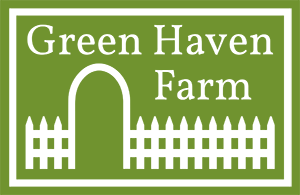Saving Our Feathered Friends
By Cathrine St.Clair
A recent study in published in the journal Science revealed there are 2.9 billion (that's billion – with a b) fewer adult breeding birds in North America than there were in 1970. That is a loss of more than 1 out of every 4.
The study reveals it's more than rare and exotic birds that are disappearing. There is a huge loss of birds we commonly would see in yards and at bird feeders like sparrows, blackbirds and finches. The greatest decline was in birds that migrate through eastern United States.
The total level of loss was shocking even to ornithologists who have been studying the bird loss for decades. There is fear that more bird species will follow the path of the Passenger Pigeon - which became extinct before anyone really understood what was happening.
On a positive note, populations of water fowl (ducks, geese) and raptors (like the bald eagle) have actually increased, mainly because of concentrated wetland conservation efforts and the ban of DDT in 1972. The data proves that bird populations can and will recover if we muster the personal and political will to act.
What can we as individuals do? Here are some recommendations from the Cornell Lab of Ornithology.
Protect birds from window strikes. Its estimated about a billion birds are killed by window strikes each year. Prevent bird strikes in your home and encourage your workplace to do the same. Here are some affordable products Cornell recommends to prevent window strikes.
Keep cats indoors. Outdoor cats are the leading cause of bird loss after habitat loss. Its estimated cats kill about 2.6 billion wild birds per year. Cats will instinctively hunt and kill birds even if they are well fed.
Replace lawn with native plantings. Currently there are over 40 million acres of lawn in the U.S. Lawns do not provide shelter or food for migrating birds while native plantings provide berries, seeds, insects and nesting areas.
Avoid pesticides, particularly neonicotinoids which are toxic to birds and can interfere with their ability to gain healthy weight and migrate on time.
Reduce single use plastic. Plastic presents a hazard to all wildlife including birds. They can become entangled and also ingest plastic, mistaking it for food.
Become a citizen scientist. Tracking bird populations across the continent is a daunting task and scientists need help. There are many different projects to choose from. You can check out the options here.
One final note – experts generally agree that feeding birds through the winter can be helpful, especially in our degraded urban and suburban habitats. It is important to keep feeders clean and provide food tailored to the birds expected to visit. Here is an overview winter bird feeding from Cornell.
Birds also need fresh water which can be challenging to find in freezing weather. Here are some tips for providing water from Cornell.
Want more information? Here are some links:





